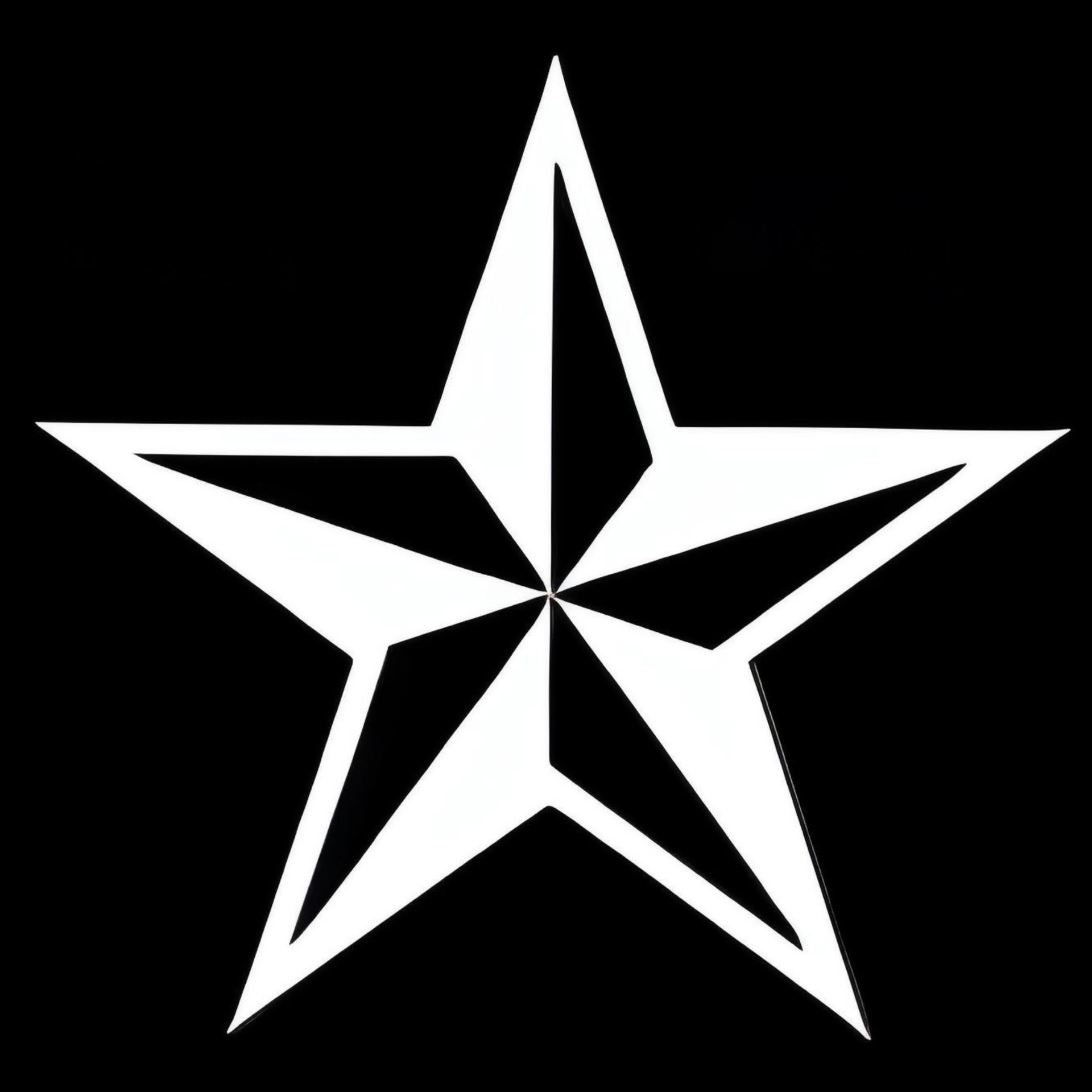Conscious Content Curation: Taking Control of Your Mental Diet
Every day, you consume content. Articles, videos, social media posts, podcasts, newsletters, books, conversations, and countless other information streams flow into your awareness. Some of this consumption happens deliberately. You choose a book, subscribe to a podcast, or follow an account. But much of it occurs passively, almost accidentally. An algorithm suggests something, a friend shares a link, an autoplay feature queues the next video, and you consume without consciously deciding whether this particular piece of content deserves space in your mind.
This passive consumption carries a cost. Just as eating whatever happens to be convenient without regard for nutrition affects your physical health, consuming whatever content happens to cross your path affects your mental and emotional wellbeing, your beliefs, your attention span, your creativity, and ultimately, the quality of your thinking.
Conscious content curation offers an alternative. Rather than treating content consumption as something that happens to you, conscious curation positions you as the deliberate architect of your information environment. You actively choose what enters your awareness based on criteria you’ve thoughtfully established. You regularly evaluate whether your current content diet serves your goals, values, and wellbeing. You prune what depletes you and cultivate what nourishes you.
This practice transforms your relationship with information. Instead of being a passive recipient overwhelmed by the flood, you become a discerning gardener, carefully tending the ecosystem of ideas, voices, and influences that shape your inner landscape.
What Conscious Content Curation Actually Means
Conscious content curation is the deliberate, ongoing process of selecting, organizing, evaluating, and refining the information sources and media you regularly consume. It involves several key elements that distinguish it from casual content consumption.
Intentionality
At its core, conscious curation means making explicit choices about what you allow into your attention. Rather than following whoever happens to show up in your feed or clicking whatever seems interesting in the moment, you establish criteria for what merits your time and mental energy. You ask: Does this align with my values? Does it help me grow in directions I want to grow? Does it make me more of who I want to become, or less?
Regular Evaluation
Conscious curation isn’t a one-time decision but an ongoing practice. The podcast that served you well two years ago might no longer align with where you are now. The news source that once informed you might have shifted in quality or focus. Regular evaluation ensures your content diet evolves with you rather than ossifying into unexamined habit.
Quality Over Quantity
While passive consumption tends toward accumulation, conscious curation emphasizes selectivity. You recognize that attention is finite and that consuming more doesn’t necessarily mean learning more or growing more. A small number of high-quality, personally relevant sources often delivers more value than a large volume of mediocre content.
Active Organization
Conscious curation involves creating systems for managing your content consumption. This might mean organized lists, reading schedules, designated consumption times, or specific folders for different types of content. The organization serves the larger goal of ensuring you actually engage with what you’ve curated rather than letting it pile up unread and unconsumed.
Awareness of Impact
Central to conscious curation is paying attention to how different content affects you. Does this newsletter leave you energized or anxious? Does this creator inspire action or breed passivity? Does this news source inform your understanding or simply reinforce existing biases? This metacognitive awareness allows you to make informed decisions about what to keep and what to release.
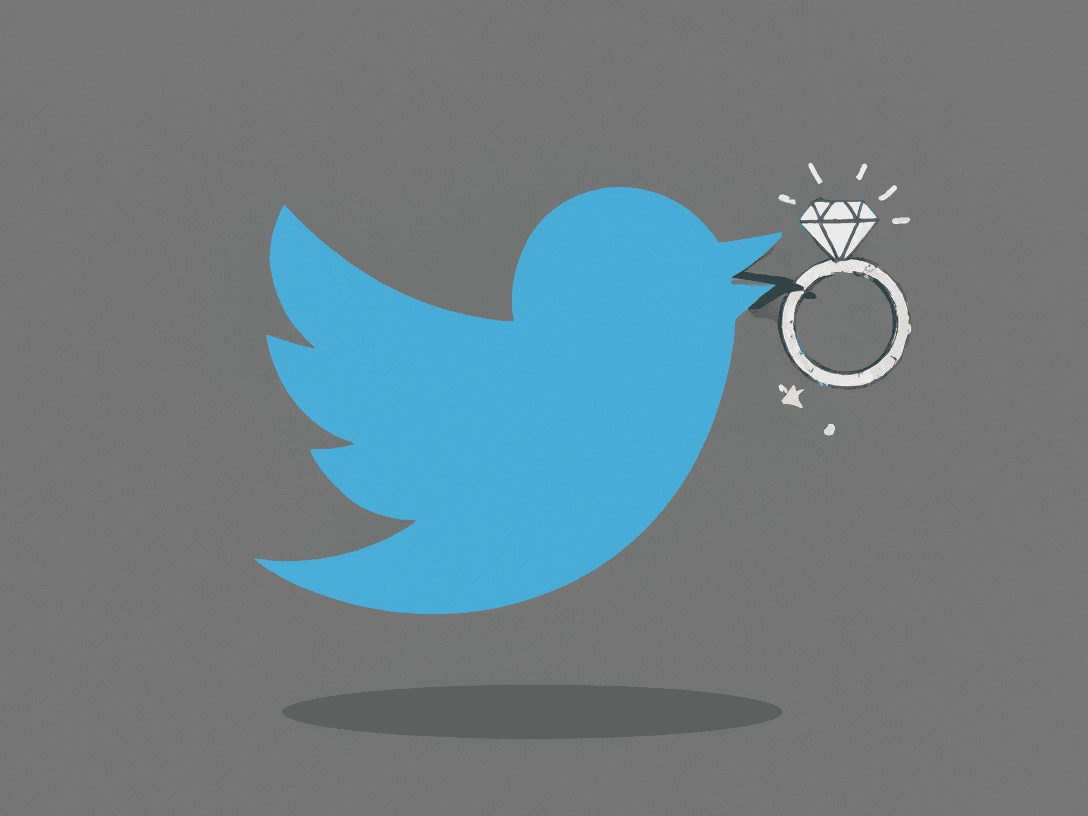
The Psychological and Practical Benefits
Research in psychology, neuroscience, and behavioral science illuminates why conscious content curation produces such significant benefits for mental health, cognitive function, and personal effectiveness.
Reduced Cognitive Load and Decision Fatigue
Every piece of content you consume requires your brain to process, categorize, and respond. Psychologist Roy Baumeister’s research on decision fatigue demonstrates that the quality of our decisions deteriorates as we make more choices throughout the day. When you curate your content environment in advance, you eliminate hundreds of micro-decisions about what to read, watch, or listen to next. The mental energy saved can be redirected toward more important decisions and creative work.
Studies on cognitive load theory by educational psychologist John Sweller show that our working memory has strict limits. When we overwhelm it with irrelevant or low-quality information, we reduce our capacity for deep thinking and learning. Conscious curation acts as a filter, ensuring that what reaches your working memory merits the cognitive resources it will consume.
Improved Emotional Regulation
Research by psychologist Ethan Kross on “chatter,” the negative self-talk and rumination that plagues many people, reveals that our information environment significantly influences our internal dialogue. Consuming content that provokes anxiety, outrage, or inadequacy feeds the chatter. Curating toward content that is substantive, constructive, and aligned with your values reduces it.
A study published in the Journal of Social and Clinical Psychology found that limiting social media use to 30 minutes per day led to significant reductions in loneliness and depression. While that research focused on quantity, conscious curation addresses quality as well. When you intentionally select uplifting, educational, or inspiring content over content designed to trigger negative emotions for engagement, you create a healthier emotional baseline.
Enhanced Focus and Attention Span
Neuroscientist Amishi Jha’s research on attention demonstrates that our capacity for sustained focus is trainable but also degradable. Constant context-switching between different types of content, different platforms, and different topics weakens our ability to maintain deep attention. The fragmentation becomes habitual.
Conscious curation supports attention by reducing variety and increasing coherence. When you limit your sources and create focused consumption periods, you train your brain to sustain attention rather than constantly seeking novelty. Over time, this rebuilds the capacity for deep work and concentrated thinking that fragmentary consumption erodes.
Better Information Retention and Integration
Research on the spacing effect and elaborative rehearsal shows that we remember information better when we encounter it multiple times across intervals and when we actively work with it rather than passively consuming it. Conscious curation facilitates both.
When you follow a smaller number of quality sources over time, you encounter reinforcing ideas that build on each other. The repetition across contexts strengthens memory. Additionally, by choosing content that challenges you to think rather than simply entertaining you, you engage in the elaborative processing that creates robust, accessible memories.
Alignment Between Values and Action
Psychologist Tim Kasser’s research on materialism and wellbeing reveals that regular exposure to materialistic messages, even when we consciously reject those values, influences our priorities and life satisfaction. The reverse is also true. Regularly consuming content aligned with your deeper values reinforces those values and makes behavior consistent with them more likely.
When you curate content that reflects your commitment to creativity, relationships, learning, contribution, or whatever matters most to you, you create a consistent environment that supports rather than undermines your intentions.
Reduced Comparison and Status Anxiety
Social comparison theory, developed by psychologist Leon Festinger, explains our tendency to evaluate ourselves relative to others. Social media and content platforms exploit this tendency, creating endless opportunities for upward comparison that leave us feeling inadequate.
Conscious curation allows you to limit exposure to comparison triggers. When you unfollow accounts that make you feel inadequate, stop reading content that provokes status anxiety, and seek out creators who normalize struggle and process rather than only showcasing results, you reduce the psychological drain of constant comparison.
Increased Agency and Sense of Control
Research on locus of control, the degree to which people believe they can influence their circumstances, shows strong correlations with wellbeing, resilience, and achievement. Passive content consumption reinforces an external locus of control. Algorithms decide what you see, platforms determine what reaches you, and you simply react.
Conscious curation rebuilds internal locus of control. You actively shape your information environment rather than accepting what platforms serve you. This sense of agency in one domain often generalizes, increasing your confidence in your ability to shape other aspects of your life.
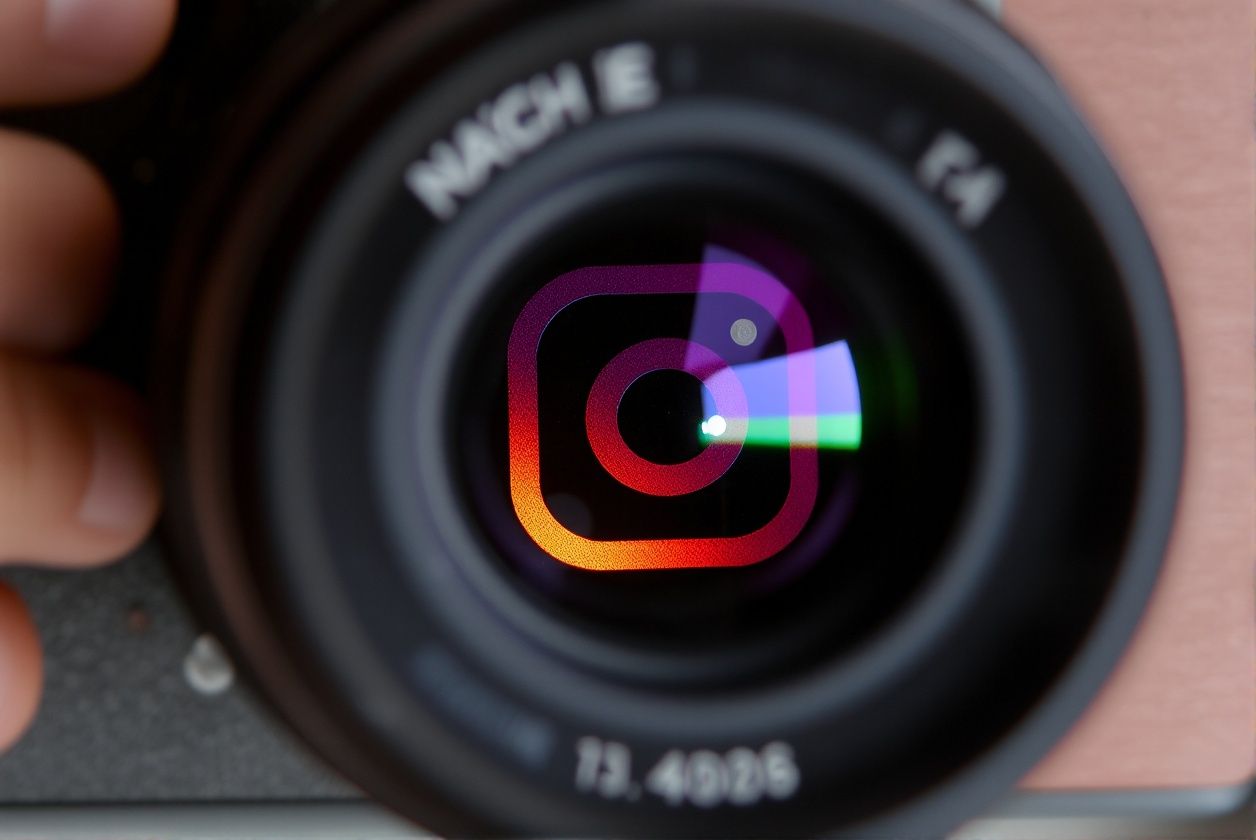
Step-by-Step Process for Conscious Content Curation
Moving from passive consumption to conscious curation requires a systematic approach. The following steps provide a comprehensive framework for establishing and maintaining a curated content environment.
Step 1: Conduct a Complete Content Audit
Before you can curate effectively, you need clarity about your current consumption. Spend one week tracking every piece of content you consume. Create a simple log that includes the source, type of content, duration, and whether it was planned or spontaneous.
At the end of the week, analyze the data. How much time did you spend consuming content? What percentage was intentional versus reactive? Which platforms dominated your attention? What types of content appeared most frequently? This audit typically reveals surprising patterns, often showing that your actual consumption differs dramatically from your perception of it.
Step 2: Define Your Curation Criteria
With awareness of your current state, establish clear criteria for what deserves space in your curated environment. These criteria should reflect your values, goals, and the person you’re working to become.
Consider questions like: What do I want to learn this year? What skills am I developing? What qualities do I want to cultivate? What kind of thinking do I want to engage in? What mood or energy level do I want to maintain?
Your criteria might include categories like content that teaches practical skills, content that exposes you to diverse perspectives, content that inspires creativity, content that deepens relationships, or content that supports physical and mental health. Be specific. “Content that makes me better” is too vague. “Content that helps me become a more patient parent” or “content that teaches me about sustainable living” provides workable direction.
Step 3: Ruthlessly Eliminate the Misaligned
Now comes the difficult part. Review every current content source against your criteria. Unsubscribe from email lists that no longer serve you. Unfollow social media accounts that don’t meet your standards. Delete apps that facilitate passive consumption. Remove bookmarks to sites you habitually visit out of boredom rather than intention.
Expect resistance. Your brain will generate reasons why you should keep sources that don’t meet your criteria. “But I might miss something important” or “I’ve followed this account for years” or “What if they post something valuable eventually?” Recognize these as the rationalizations they are. If a source doesn’t clearly contribute to your defined goals and values, it occupies space that something better could fill.
Be particularly aggressive with sources that consistently leave you feeling worse after consuming them. Content that reliably triggers anxiety, outrage, inadequacy, or envy should be eliminated regardless of its other qualities. The emotional cost outweighs any informational benefit.
Step 4: Actively Seek Quality Replacements
With the clutter cleared, intentionally seek content that aligns with your criteria. This requires active searching rather than passive acceptance of recommendations.
Ask people you respect what they read, watch, and listen to. Explore recommendations from trusted sources rather than algorithmic suggestions. Look for creators who demonstrate depth, nuance, and expertise rather than those optimizing for engagement and virality.
Sample new sources deliberately. Subscribe or follow provisionally, consume several pieces of their content, then evaluate whether they meet your standards. Not everything recommended will fit, and that’s fine. You’re looking for the small percentage of available content that genuinely serves you.
Step 5: Create Consumption Structures
Even perfectly curated content delivers little value if you never actually engage with it. Create systems that ensure you consume what you’ve selected.
This might mean designated reading time each morning, a specific day for watching longer video content, regular podcast listening during commutes or exercise, or a Sunday session for catching up on newsletters. The specific structure matters less than having one. Without it, curated content piles up unconsumed, creating guilt and clutter.
Consider creating different consumption modes for different types of content. Quick scanning for news updates, focused reading for substantive articles, relaxed listening for podcasts, and dedicated time for challenging books each serve different purposes and require different mental states.
Step 6: Implement Regular Review Cycles
Schedule recurring evaluations of your curated content. Monthly reviews work well for most people, though you might start with weekly reviews until the practice becomes habitual.
During each review, assess whether you’re actually consuming what you’ve curated. If you consistently skip certain newsletters or podcasts, either change your consumption structure or admit they don’t truly interest you enough to prioritize. Evaluate whether each source still meets your criteria. Remove anything that has declined in quality or no longer aligns with your current priorities.
Also assess whether your criteria themselves need updating. As you grow and your circumstances change, what you need from your content diet will shift. Conscious curation is a living practice, not a static system.
Step 7: Practice Content Engagement, Not Just Consumption
Shift from passive consumption to active engagement. Take notes on valuable insights. Discuss what you learn with others. Apply ideas to your actual life. Write responses or reflections. This deeper processing dramatically increases the value you extract from curated content.
Research on levels of processing by psychologists Fergus Craik and Robert Lockhart shows that deeper engagement with information creates stronger, more accessible memories. When you merely consume content, it processes at a shallow level and leaves minimal lasting impact. When you actively work with it, transforming, applying, or questioning it, the processing deepens and the learning becomes durable.
Step 8: Monitor and Adjust Based on Outcomes
Pay close attention to how your curated content diet affects your actual life. Are you learning what you hoped to learn? Do you feel more energized or depleted? Has your thinking expanded or narrowed? Are you taking more action or becoming more passive?
Be honest about the gap between your intentions and outcomes. You might curate content about productivity but notice you’re actually less productive because you’re consuming content about productivity instead of doing productive work. Or you might follow creators who inspire you in the moment but leave no lasting impact on your behavior.
Use these observations to refine your curation. The goal isn’t perfect adherence to an ideal but continuous improvement in the alignment between your content environment and your actual wellbeing and growth.
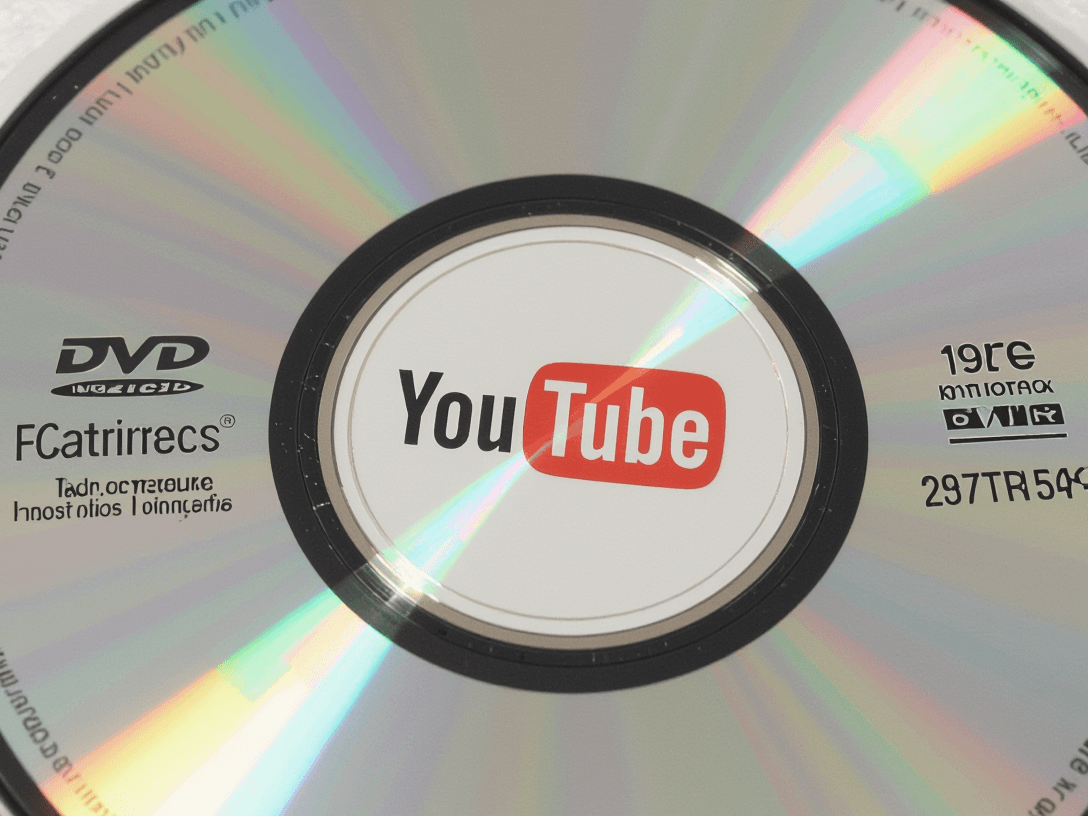
Advanced Curation Strategies
Once you’ve established a basic conscious curation practice, several advanced strategies can further optimize your content environment.
The Diversity Audit
While curation often involves narrowing your sources, be careful not to create an echo chamber that only reinforces existing views. Deliberately include sources that challenge your assumptions, represent different perspectives, or cover topics outside your usual interests.
Research on intellectual humility by psychologist Mark Leary suggests that exposure to quality disagreement improves thinking and decision-making. The key is “quality.” Seek sources that disagree thoughtfully rather than those that simply provoke outrage at opposing views.
The Seasonality Approach
Consider varying your content curation by season, quarter, or other time periods. Rather than trying to maintain the same sources year-round, you might dedicate different periods to different themes. A quarter focused on deepening a specific skill, followed by a quarter emphasizing breadth and exploration, then a quarter of integration and application.
This prevents stagnation and acknowledges that your needs and capacity change over time. It also creates natural endpoints for evaluating sources, making it easier to let go of content that served a specific period but shouldn’t continue indefinitely.
The Quality Threshold
Establish a minimum quality standard where only exceptional content makes your list. This might mean following a creator but only consuming their very best work rather than everything they produce. Or reading book summaries and only purchasing books that seem genuinely outstanding.
This approach recognizes that even good creators produce varying quality work and that your time is better spent on the exceptional few pieces rather than the decent many.
The Primary Source Emphasis
Whenever possible, prioritize primary sources over commentary. Instead of reading articles about a study, find the study. Instead of watching analysis of a speech, watch the speech. Instead of consuming summaries of a book, read the book.
This reduces distortion, allows you to form your own interpretations, and develops your capacity for direct engagement with complex material rather than depending on intermediaries to pre-digest everything.
The Creation-to-Consumption Ratio
Track the ratio of time spent creating versus consuming content. If you want to be a writer, you should spend more time writing than reading about writing. If you want to be a better parent, more time engaged with your children than consuming parenting content.
Use this ratio as a check on whether your content consumption supports your goals or substitutes for action. Consumption should fuel creation and action, not replace it.
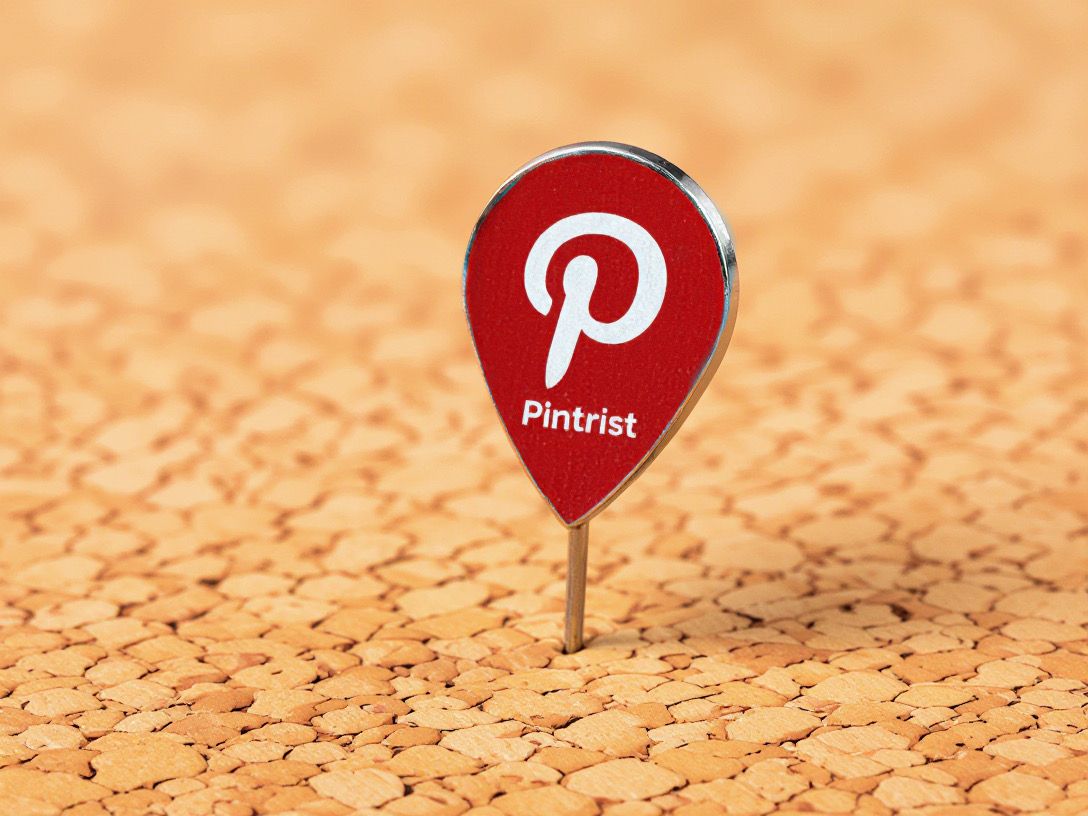
Common Obstacles and Solutions
Several predictable challenges arise when implementing conscious content curation. Anticipating these obstacles and having strategies to address them increases your likelihood of success.
FOMO and the Fear of Missing Out
The worry that you’ll miss important information, trending topics, or valuable content if you curate too strictly represents one of the most common barriers. This fear is usually unfounded. Truly important information finds its way to you through multiple channels. What you miss by not checking every possible source is almost always noise rather than signal.
Remind yourself that you already miss the vast majority of content published every day. Curation simply makes this inevitable missing more intentional. You’re not avoiding all content; you’re selecting which small fraction deserves your limited attention.
Social Pressure and Conversation Currency
You might worry that limiting your content consumption will leave you unable to participate in conversations about current events, trends, or popular culture. This concern has some validity but less than you probably think.
Conversations built entirely on shared consumption of the same content tend to be superficial. Deeper, more interesting conversations emerge from different perspectives and experiences. The unique insights you develop through your curated content often contribute more to conversations than knowing about whatever happens to be trending.
Habitual Platform Checking
Even after curating your content sources, the habitual behavior of checking platforms, scrolling feeds, or opening apps can persist. These behaviors operate below conscious intention, triggered by boredom, anxiety, or environmental cues.
Address this by changing the cues. Remove apps from your phone home screen, log out of platforms so access requires deliberate effort, use website blockers during certain hours, or replace the checking habit with a different behavior like a brief walk or stretching.
Analysis Paralysis in Selection
Some people struggle with the selection process itself, spending excessive time evaluating potential content sources, seeking the optimal choices, or worrying they haven’t found the best options.
Remember that conscious curation is iterative. Your initial selections don’t need to be perfect. Choose based on available information, evaluate after consumption, and adjust accordingly. A decent source you actually consume delivers more value than the perfect source you never get around to finding.
Guilt About Unconsumed Content
After curating a set of quality sources, you might feel guilty when you don’t keep up with everything. Newsletters pile up unread, podcast episodes accumulate, and books sit untouched, creating stress rather than value.
Give yourself permission to be selective even within your curated set. Not every newsletter needs to be read completely, not every podcast episode merits listening, and not every book demands finishing. Curate broadly, then curate again in the moment based on current relevance and interest.

Practical Applications Across Different Content Types
Different types of content require different curation approaches. Here’s how to apply conscious curation to common content categories.
Social Media
Begin by defining what you actually want from social media. Connection with specific people? Exposure to certain ideas? Inspiration for your own creative work? Once clear on purpose, ruthlessly align your follows with that purpose.
Unfollow anyone whose content consistently triggers negative emotions, even if you like them personally. Use lists or custom feeds to separate different types of content rather than consuming everything in one chaotic stream. Set strict time limits and stick to them. Consider consuming social media only on desktop rather than mobile to reduce habitual checking.
News and Current Events
Decide how informed you actually need to be about breaking news and trending topics. For most people, checking news once daily or even less frequently provides sufficient awareness without the anxiety of constant updates.
Choose one or two quality news sources rather than aggregating from many. Avoid sources that optimize for outrage and sensationalism. Consider newsletters that provide weekly roundups rather than real-time updates. Skip comment sections entirely.
Podcasts
With thousands of available podcasts, curation is essential. Follow a limited number of podcasts and listen to most or all of their episodes rather than subscribing to many and cherry-picking occasional episodes.
Speed up playback for dense informational content but listen at normal speed for nuanced or artistic content. Don’t hesitate to skip episodes on topics that don’t interest you or stop listening to podcasts that have declined in quality. Treat podcasts as a deliberate activity rather than just background noise.
Books
Maintain a curated reading list based on your current learning goals and interests. Add to this list thoughtfully rather than impulsively. Before starting a book, briefly research whether it’s likely to deliver what you’re seeking.
Give yourself permission to abandon books that aren’t meeting expectations. The sunk cost of the time or money already invested matters less than the opportunity cost of continuing with a mediocre book instead of finding a great one.
Email Newsletters
Email newsletters can provide tremendous value or become overwhelming clutter. Be aggressive about unsubscribing. If you haven’t read the last three emails from a newsletter, you’re probably not going to start.
Create a separate email folder or account for newsletters so they don’t clutter your primary inbox. Designate specific times for reading newsletters rather than letting them interrupt your day. Consider using a service that aggregates newsletters into a single daily digest.
Online Courses and Educational Content
The abundance of available learning resources creates the illusion that you can learn everything if you just consume enough courses. This leads to course hoarding without completion.
Instead, select one or at most two courses to actively work through at a time. Complete them before adding more. Prioritize depth over breadth. One thoroughly completed course delivers more value than ten barely started ones.

Creating Your Personal Curation Philosophy
The most effective conscious curation emerges from a clear personal philosophy about the role of content in your life. This philosophy serves as a touchstone for all curation decisions.
Consider these questions in developing your philosophy: What is content consumption for? How does it serve my larger life goals? What trade-offs am I willing to make between staying informed and maintaining peace of mind? How much time do I want to dedicate to consumption versus creation, relationships, and direct experience?
Your philosophy might emphasize learning, inspiration, connection, entertainment, or some combination. It might value breadth or depth, challenge or comfort, novelty or consistency. There’s no universally correct answer, but having clarity about your own answers transforms curation from a set of tactics into an expression of your values.
The Long-Term Practice
Conscious content curation isn’t a project you complete but a practice you maintain. Like physical fitness, it requires ongoing attention. Your information environment will constantly drift toward chaos and accumulation without regular cultivation.
View this ongoing requirement not as a burden but as an opportunity for continuous refinement. Each review cycle provides data about what serves you and what doesn’t. Over time, your curation becomes increasingly sophisticated and personalized, creating an information environment uniquely suited to your growth and wellbeing.
The benefits compound. Months and years of consuming carefully selected, high-quality content shapes your thinking, knowledge, emotional state, and capabilities in ways that scattered, passive consumption never could. You become someone different, someone more aligned with your values and more capable of your goals, in part because you’ve taken responsibility for what enters your mind.
In an age of infinite content and sophisticated systems designed to capture and hold your attention, conscious content curation represents a radical act of self-determination. It declares that you, not algorithms, decide what deserves space in your consciousness. It acknowledges that your attention is precious and that what you feed your mind matters as much as what you feed your body.
The practice begins with a single decision: that from this point forward, you’ll curate rather than merely consume. That decision, reinforced through consistent action, gradually transforms your information environment and, through it, your life.
If you’re looking to build a conscious content curation practice that includes meaningful, thoughtfully crafted content focused on personal growth, creativity, and design thinking, consider exploring Joseph Kelly’s work across multiple platforms:
Facebook: https://www.facebook.com/JosephKellyDesign
Instagram: https://www.instagram.com/josephkellydesigns
YouTube: https://youtube.com/@josephkellydesigns
These channels offer content worth evaluating as part of your curated information environment, providing perspectives on design, personal development, and creative expression that align with intentional growth and conscious living.
Note: This article is based on information from Chapter 15 of my book Personal Spaces, which you can order on Amazon here:Personal Spaces
You can also watch the full narrated video of Chapter 15 on my YouTube channel here: Personal Spaces | Chapter 15: Digital Environment Optimization
